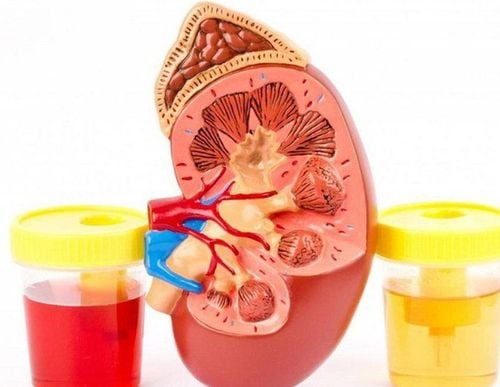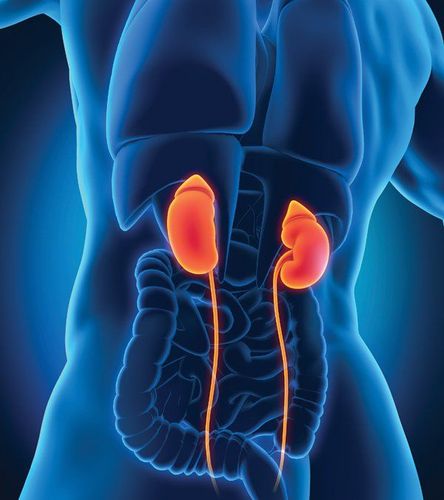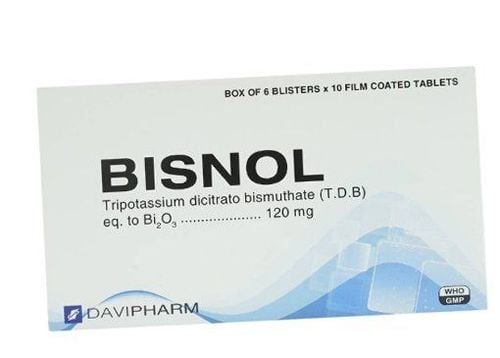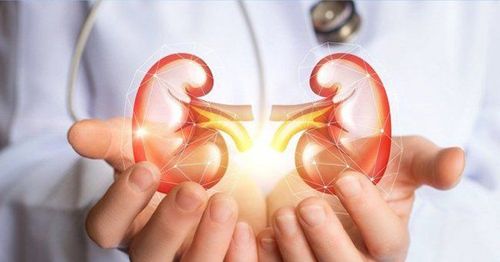This is an automatically translated article.
Posted by Specialist Doctor II Nguyen Xuan Thang - Deputy Head of Internal Medicine Department and Head of Internal Medicine Unit - Department of Examination & Internal Medicine - Vinmec Central Park International General Hospital
Nephrotic syndrome is a common condition, but its treatment is complex. Treatment of nephrotic syndrome must adhere to the principles of treatment to control symptoms, treat the cause and avoid dangerous complications for the patient.
1. Nephrotic syndrome is a disease like?
Nephrotic syndrome (HCTH) is a clinical and biochemical syndrome characterized by: excessive proteinuria (> 3.5g/24 hours), blood protein decrease (<60g/l), hypoalbuminemia (<30g/l) ), hyperlipidemia and edema.
For children under 16 years of age, the incidence of nephrotic syndrome is 20-50/1000000 children per year. In adults, the annual incidence of nephrotic syndrome in the United States is about 3 in 1,000,000 people. The overall frequency of the disease is difficult to determine precisely because the disease can be caused by a number of other conditions.
2. Pathophysiology
The pathogenesis of HCC is not fully understood. But it is thought that the pathogenesis of HCTH is a disturbance of the immune response, causing increased permeability of the glomerular basement membrane. When the basement membrane is damaged, the pore size changes and the membrane potential changes, allowing proteins to escape. The state of urine protein excretion reduces blood albumin will cause a decrease in plasma oncotic pressure, leading to a decrease in circulating volume in the lumen and water escaping from the lumen, causing edema.
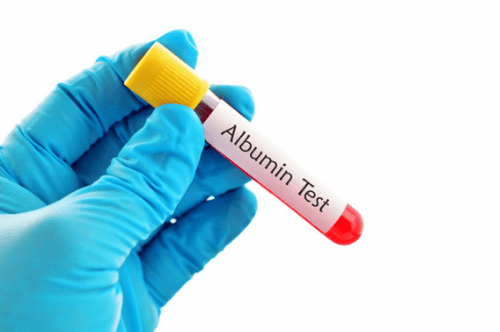
3.Classification of nephrotic syndrome
HCTH is divided into two groups according to the cause of the disease, that is, primary HCTH is caused by primary glomerular diseases and secondary HCTH is caused by other diseases such as metabolic disease (diabetes). , autoimmune diseases (systemic lupus erythematosus, vasculitis..), malignancies, infectious causes, parasites or after taking certain drugs or toxic chemicals.
In adults, about 80% of glomerulonephritis of unknown cause, the rest are associated with systemic disease, especially lupus erythematosus, diabetes mellitus, and amyloidosis.
4.Clinical symptoms of nephrotic syndrome
Clinical symptoms of the syndrome include:
Edema: Edema increases rapidly over several days or weeks. Patients may experience swelling of the face, especially the eyelids, and then down to the lower extremities, abdomen, and genitals. Edema is usually evident in the lower body, pressing on the edematous area feels soft, concave and painless, bilaterally symmetrical. The degree of edema should be assessed by daily weight monitoring. There may be intra-abdominal effusion, unilateral or bilateral pleural effusion. In severe edema, there may also be fluid in the pericardium. Oliguria: Urine may decrease to less than 500ml/day and hematuria may occur. In addition, the person may feel tired, have a poor appetite, or have hypertension or low blood pressure with it.

5. Diagnostic test for nephrotic syndrome
Tests to diagnose nephrotic syndrome show elevated protein in the urine ≥ 3.5 g/24 hours. Urine may contain birefringent fat, fat casts, granulosa casts, erythrocytes and leukocytes. In addition, diagnostic tests also found:
Protein in the blood decreased: Due to loss through the urine Blood fat increased much In some cases, hemoconcentration, red blood cells, hemoglobin and hematocrit increased. The glomerular filtration rate may be normal or decreased in the presence of renal failure. Decreased intravascular volume can lead to acute renal failure. Definitive diagnosis of nephrotic syndrome is based on the following parameters:
Edema High urine protein > 3.5g/24 hours. Low blood protein concentration < 60g/l; blood albumin decreased < 30g/l. Blood lipids increased. Of the above factors, 2 factors have decisive value: protein in urine > 3.5g/24 hours and low blood protein concentration < 60g/l, blood albumin less than 30g/l. Some cases in the early stages only see a high amount of protein in the urine > 3.5g/24 hours, while the blood protein level has not decreased to <60g/l.
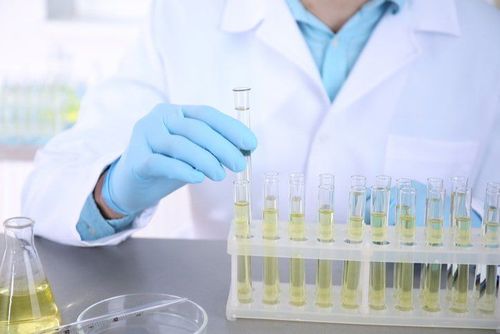
6. Nephrotic syndrome complications
Complications of nephrotic syndrome are the result of biochemical disorders due to loss of protein in the urine. Specifically:
Malnutrition: common in children and also in adults if there is not enough protein to compensate for the amount of protein lost in the urine. Impaired renal function due to fluid and electrolyte disturbances, and hypovolemia due to edema may lead to functional renal failure. Infections: increased risk of infection due to decreased IgM, IgG, decreased plasma complement due to urinary loss. Hypocalcemia: Hypocalcemia due to hypoproteinemia and decreased absorption of calcium from the intestine can cause tetany. Thromboembolism Increased platelet aggregation.
7.Prognosis and progression of nephrotic syndrome
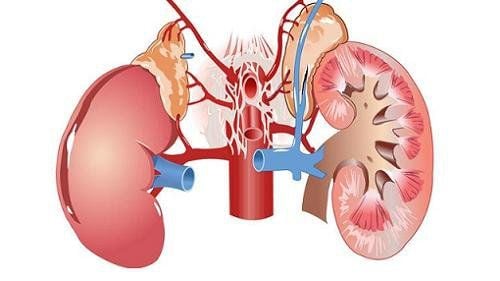
Progression and prognosis of nephrotic syndrome in relation to histopathological lesions. Specifically:
Minimal change disease Approximately 80% of adult patients respond to treatment with oral prednisolone at a dose of 1mg/kg/day. Focal segmantal glomerulosclerosis. Nephrotic syndrome is often accompanied by hypertension and renal failure, which gradually progresses to chronic renal failure over 5 to 10 years after diagnosis. Membranous nephropathy Approximately 20% of these patients progress to end-stage chronic renal failure, with the remainder having varying degrees of remission. Mesangial proliferative glomerulonephritis slowly progressing to renal failure Mesangial proliferative glomerulonephritis Intracapillary proliferative glomerulonephritis (acute post-streptococcal glomerulonephritis)
8. How to treat nephrotic syndrome?
8. 1. Symptomatic treatment The goal of treatment for nephrotic syndrome is to compensate for circulating volume by increasing blood protein. In severe cases, plasma, colloidal solutions and albumin may be given. Accordingly, the patient must limit salt and water when there is a lot of edema.

8.2. Specific treatment Specific treatment of primary nephrotic syndrome:
Corticosteroids (prednisolone, prednisone, methyprednisolone). Other immunosuppressive agents: In case of poor response to corticosteroids, corticosteroid resistance, or contraindication to corticosteroids, use other immunosuppressive drugs such as cyclophosphamide, chlorambucil, azathiprin, cycloporine A or mycoophenolate mofetil and monitor for effects. side effects of drugs. Specific treatment of secondary nephrotic syndrome according to the cause of the disease.
8.3. Treatment and prevention of complications Treatment and prevention of infections: The incidence of venous thromboembolism complications Hypercoagulability Complications from corticosteroid use
9.Nutrition for patients with nephrotic syndrome
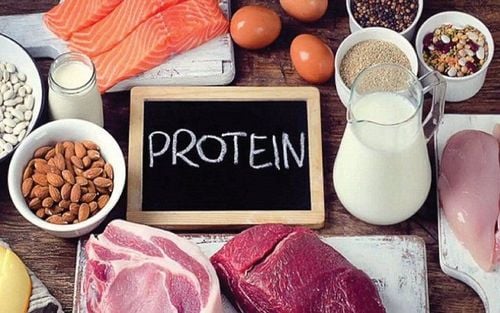
9.1. For patients without kidney failure Diet to increase protein: The amount of protein provided daily must be equal to the amount of protein required by the body (1g/kg/24 hours) plus the amount of protein lost in the urine in 24 hours.
9.2. For patients with kidney failure The daily protein intake must be reduced depending on the stage of kidney failure (refer to the diet for people with kidney failure). Provide enough energy, especially for children, to limit malnutrition caused by nephrotic syndrome. Provide enough vitamins; minerals, especially calcium. Amount of sodium: if edema needs to be eaten lightly, the daily sodium intake should not exceed 3g (this amount of sodium is already present in food). If there is no edema, there is no need to eat absolute blandness. For potassium: if the patient has oliguria or anuria, it is necessary to limit the amount of potassium in food because of the risk of hyperkalemia. If the patient has a lot of urine due to the use of diuretics causing potassium loss, reducing blood potassium, it is necessary to compensate for potassium by diet or use drugs such as panagin, kaleorit (0.6 or 1.0 tablet for 1g/24 hours). ), or 15% potassium chloride solution (for 10-20 ml/day).
Nephrotic syndrome is not difficult to diagnose, but is chronic in nature and can recur. Therefore, if the patient has the disease, the patient needs to actively coordinate with the doctor for long-term monitoring and treatment according to the correct protocol and principles. To prevent nephrotic syndrome, you should not use drugs and substances of unknown origin that will be toxic to the kidneys.
Vinmec International General Hospital is a general hospital with the function of examining and treating urinary and kidney diseases such as kidney failure, nephrotic syndrome and many other diseases. At Vinmec also performed endoscopic diagnosis and treatment with modern medical methods for diseases that not only bring high efficiency but also minimize complications of recurrence. The great success is because Vinmec is always fully equipped with modern facilities, examination and treatment procedures are carried out by a team of experienced and qualified doctors that will bring about treatment results. optimal for customers.
Please dial HOTLINE for more information or register for an appointment HERE. Download MyVinmec app to make appointments faster and to manage your bookings easily.





